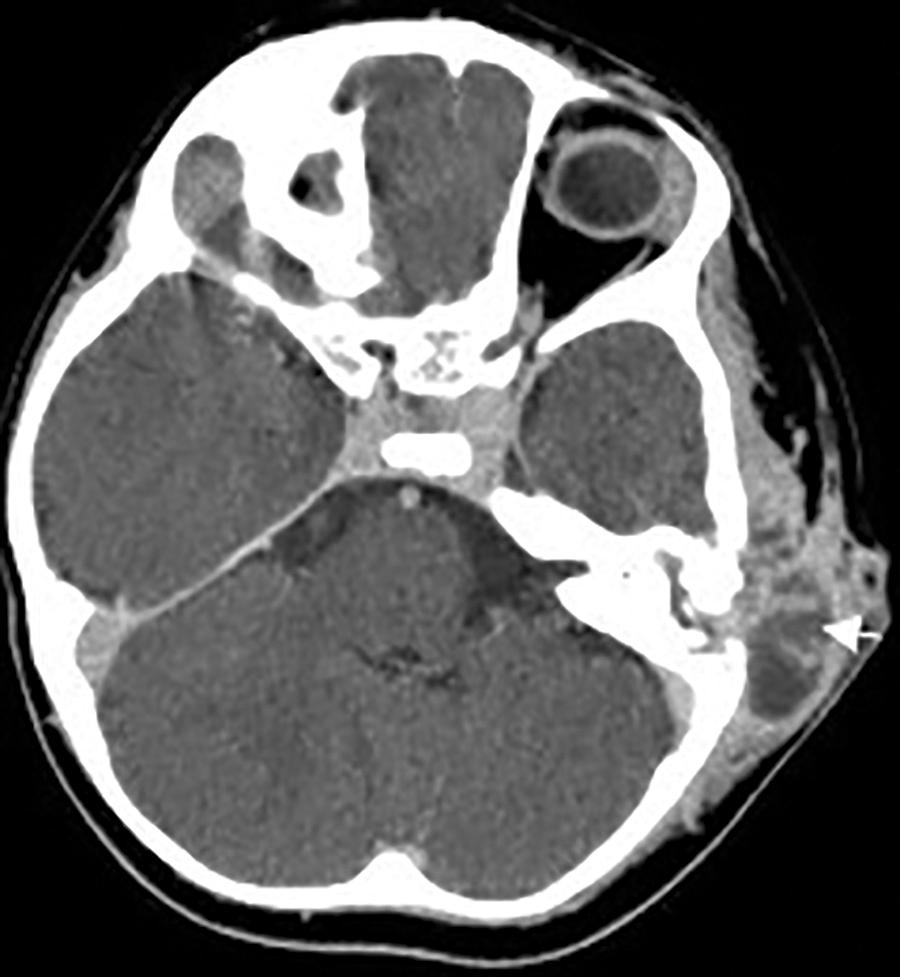Physical Address
304 North Cardinal St.
Dorchester Center, MA 02124
OM results in complications by different mechanisms.
Preformed pathways increase the risk of spread of infection from the middle ear and mastoid to other areas.
The three main routes of spread of OM are hematogenous, direct extension, and thrombophlebitis.
Most common pathogens associated with complications in AOM are S. pneumonia , H. influenzae , and M. catarrhalis .
Complicated OM (COM) is associated with increased bacterial resistance including strains of S. aureus , P. aeruginosa , K. pneumoniae , anaerobes, and, frequently, polymicrobial infections.
Most complications will involve at minimum antibiotic therapy and myringotomy and ventilation tube insertion.
Initial antibiotic regimens should be broad-spectrum, and degree of CSF penetration should be considered.
Surgical intervention is warranted with no improvement on medical therapy, development of complications, or presentation with intracranial complications.
Culture-directed antibiotic treatment should be instituted once available.
Certain complications have additional treatments and can be controversial (e.g., sigmoid sinus thrombosis).
The pathophysiology of complications of otitis media (OM) depends on whether it arises in the setting of acute otitis media (AOM) or chronic suppurative otitis media (CSOM). AOM frequently develops in previously nondiseased ears and is characterized by mucosal edema, fluid exudation, bacterial proliferation, and pus formation. Infection then spreads contiguously into the mastoid through direct extension via preformed pathways or hematogenously.
CSOM reflects persistent (e.g., several weeks) mastoid and middle ear inflammation and infection. This process can occur with or without cholesteatoma, although the suspicion for cholesteatoma should be high. When infection and inflammation persist, mucosal edema blocks normal aeration between the mastoid and middle ear. Continued inflammation results in bony destruction and granulation tissue formation. Infection subsequently spreads through direct extension via bony erosion from cholesteatoma or osteitis or possibly through preformed pathways.
The three main pathways for OM that result in complications are hematogenous spread, direct extension through bony erosion or preformed pathways, and thrombophlebitis of local perforating (diploic) veins. An example of thrombophlebitis of local perforating blood vessels is the mastoid emissary veins.
Meningitis is an example of hematogenous spread. Symptoms of meningitis include headache, nausea, nuchal rigidity, photophobia, altered mental status, and fever. Cerebrospinal fluid examination is critical, and computed tomography (CT) is often performed to rule out other intracranial complications (e.g., abscess) and mass lesions.
Direct extension results in various complications depending on the direction of the spread. Complications such as postauricular abscess, Bezold abscess, sigmoid sinus thrombosis, epidural abscess, and subdural empyema can all result from direct extension ( Fig. 40.1 ).

Become a Clinical Tree membership for Full access and enjoy Unlimited articles
If you are a member. Log in here